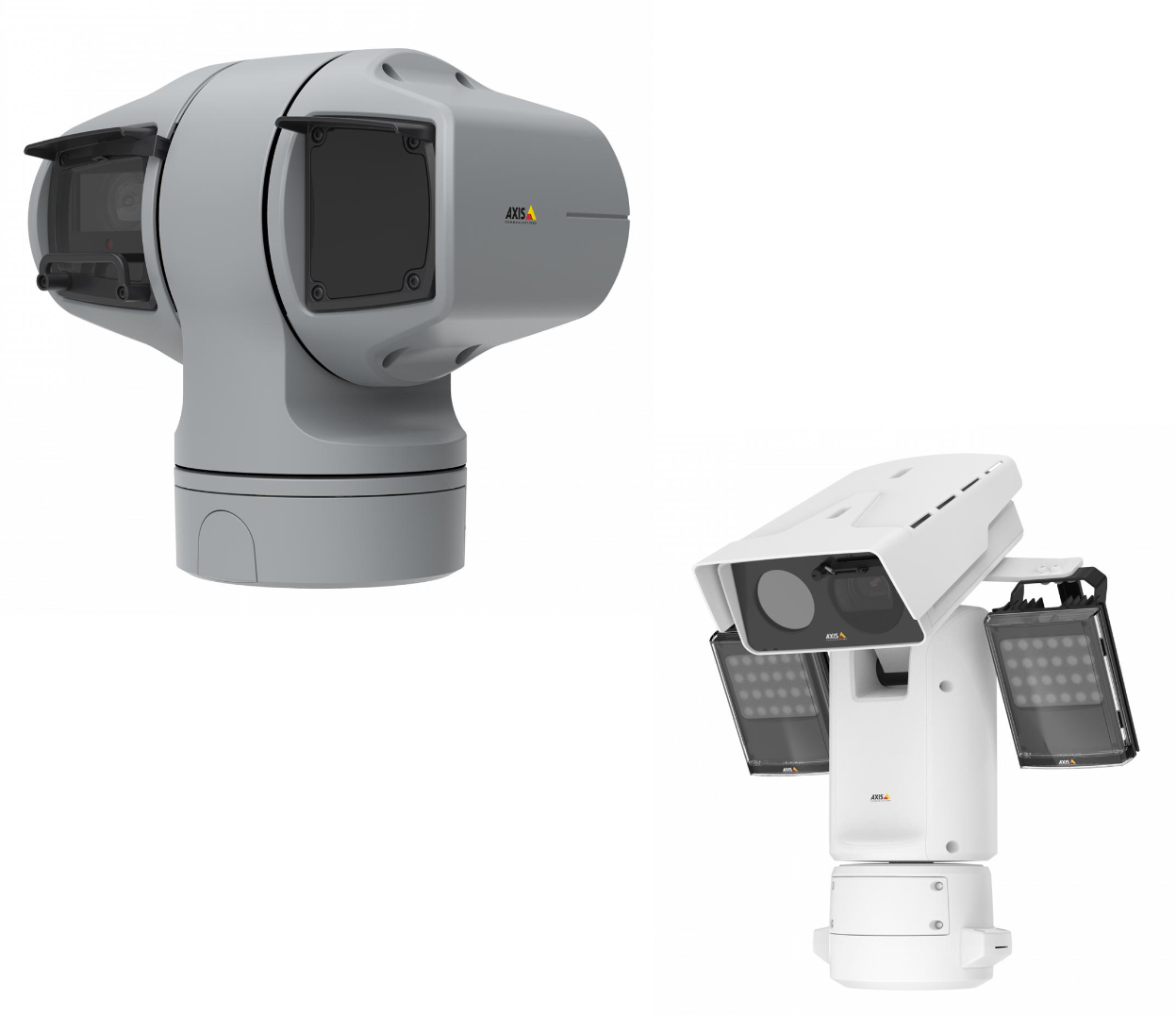
CAMERAS
Aufwin Defence Systems work with a variety of camera solutions ranging from normal daylight cameras, night vision cameras, infrared illuminated cameras into thermal, multispectral and hyperspectral cameras. Each type of camera has its strengths and weaknesses, and the best outcome can be achieved by combining different types of cameras.
Hyper- and multispectral Imaging are technologies in which a camera collects an image of a target. The sensor records reflected light from the visible and near-infrared regions in several tens or hundreds of narrow spectral channels. As each material react differently with light. When this interaction is measured, it results in a unique individual ‘fingerprint’ called a spectral signature. A spectral signature holds unique quantifiable information in each wavelength that one can use to identify objects and extract information.
With hyper- and multispectral Imaging, you can reveal an object’s hidden information, identify invisible objects and features, and separate similar-looking objects. This is most valuable in e.g. a variety of Situational Awareness and Force Protection applications.
Visible light cameras
Daylight cameras
Daylight surveillance cameras work by capturing visible light in the same way the human eye sees. The camera has a lens that focuses the light onto an image sensor, which converts the light into an electrical signal. The signal is then processed by the camera’s electronics to produce a digital image or video.
Strengths
- Color and high-resolution images provide best results for object detection
- Can be used in a variety of lighting conditions
- Relatively inexpensive compared to other camera types
Weaknesses
- Not as effective at detecting objects in darkness
- May have limited dynamic range
- Can be affected by glare, reflections and weather conditions
Night vision cameras
Night vision cameras work by capturing and amplifying existing ambient light, such as moonlight, starlight, or infrared light, which is invisible to the human eye. The camera uses an image sensor that is sensitive to these low levels of light and amplifies them to produce a usable image.
Strengths
- Can detect objects in low light or no light conditions
- Can detect objects through visual obscurants such as smoke, fog, and haze
Weaknesses
- May have a lower resolution compared to daylight cameras
- Can be affected by weather conditions, such as rain or snow
- More expensive than visible light cameras
Infrared illuminated cameras
Infrared illuminated cameras work by emitting infrared light, which is invisible to the human eye, and then capturing the reflected light using a sensor. The camera has built-in infrared (IR) LEDs that emit light in the IR spectrum. The IR light illuminates the scene, allowing the camera to capture images even in low light or complete darkness.
When the IR light reflects off an object, it is captured by the camera’s sensor and converted into an electrical signal. The camera then processes the signal and creates an image, which can be viewed on a monitor or recorded for later use.
Strengths
- Can detect objects in low light or no light conditions
- Can detect objects through visual obscurants such as smoke, fog, and haze
- Can provide high-quality images even in low light conditions
Weaknesses
- May have a lower resolution compared to daylight cameras
- Can be affected by environmental factors, such as rain or snow
- May have a limited range of detection
- Can be detected more easily
Thermal cameras
Thermal imaging night cameras work by detecting the heat emitted by objects in the scene. They use a special type of sensor, which detects the amount of infrared radiation emitted by objects in the scene and creates a thermal image of the scene. Warmer objects emit more infrared radiation than cooler objects, so they appear brighter in the thermal image. Cooler objects emit less infrared radiation and appear darker in the image.
Strengths
- Can detect objects even in complete darkness or in low light conditions
- Can detect objects through visual obscurants such as smoke, fog, and haze
- Can detect temperature differences
Weaknesses
- Have a lower resolution compared to visible light cameras
- Not as effective in detecting objects that have a similar temperature to their surroundings
- More expensive than visible light cameras
The best outcome with all camera solutions is usually a combination of several cameras and technologies providing the best possible picture on the secured area day and night.



Leave a Reply
You must be logged in to post a comment.